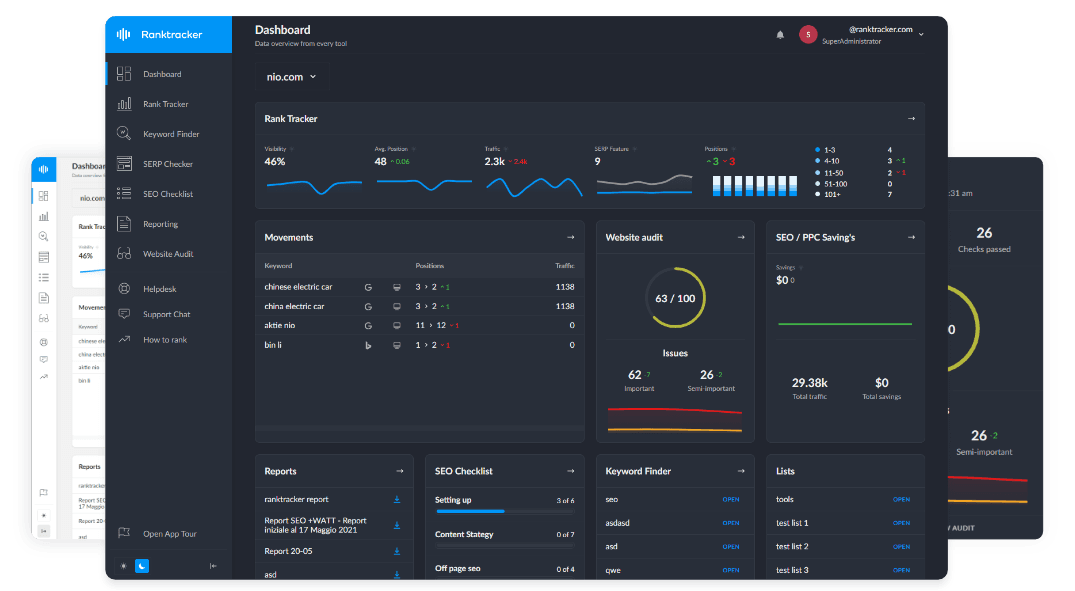Intro
The search for cheap forex vps solutions often leads traders down a dangerous path of false economies. After analyzing hundreds of budget trading setups, I've discovered that successful traders don't necessarily spend more - they optimize differently. Through careful configuration and resource management, it's possible to achieve professional-level performance from budget infrastructure, but only if you understand the technical principles most traders overlook.
Why Most Budget Optimization Advice Fails
Common recommendations for maximizing low-cost VPS performance focus on reducing background processes and disabling unnecessary services. While logical, this approach ignores the fundamental bottlenecks that impact trading performance. Testing at providers like NewYorkCityServers reveals that network routing optimization and memory management typically yield greater improvements than basic system tweaks.
The Network Quality vs. Server Speed Trade-off
Budget VPS providers often compensate for lower hardware specifications by overselling their infrastructure, leading to inconsistent performance. However, network quality typically impacts trading performance more than raw CPU speed. Professional traders on budget infrastructure prioritize providers with premium network connectivity over those offering higher CPU specifications at the same price point.
Memory Management Techniques That Level the Playing Field
Limited RAM doesn't necessarily mean poor performance. Professional traders implement sophisticated memory management techniques that can reduce MetaTrader's memory footprint by up to 60% without compromising functionality. This includes custom swap file configurations, strategic use of RAM drives for critical processes, and automated memory cleanup routines.
Strategic Resource Allocation for Multiple Currency Pairs
Trading multiple pairs on budget infrastructure requires careful resource planning. Rather than monitoring all pairs continuously, successful traders implement dynamic monitoring systems that allocate resources based on market activity. This approach can reduce system load by up to 40% while maintaining effectiveness during critical trading periods.
Optimizing MetaTrader for Limited Resources
Platform optimization becomes crucial when working with budget infrastructure. Professional traders modify MetaTrader's default settings to prioritize execution speed over visual updates, implement custom tick filtering to reduce unnecessary processing, and utilize advanced logging configurations to minimize disk I/O.
The Hidden Benefits of Shared CPU Architecture
While dedicated CPU cores sound attractive, shared CPU architectures can actually provide advantages for trading applications. Modern hypervisors allow for burst capacity during peak requirements, potentially providing better performance during critical market moments than limited dedicated resources. Understanding how to leverage these characteristics can turn perceived limitations into advantages.
Monitoring Systems That Work Within Constraints
Standard monitoring solutions often consume excessive resources themselves. Professional traders implement lightweight custom monitoring systems that focus specifically on trading-critical metrics. These systems can detect performance issues before they impact trading while consuming minimal system resources.
Backup Strategies for Resource-Limited Environments
Traditional backup solutions often strain limited system resources. Successful traders implement incremental backup strategies that maintain trading continuity while minimizing system impact. This includes selective data backup, optimized compression techniques, and strategic scheduling of backup operations during low-activity periods.
The Real Cost of "Saving" on Infrastructure
While budget infrastructure can work effectively when properly optimized, it's crucial to understand the labor cost of optimization. Professional traders carefully balance the time investment in optimization against potential infrastructure upgrades. Sometimes spending an extra $20 monthly on better infrastructure saves hours of ongoing optimization work.
Success with budget trading infrastructure depends more on optimization expertise than raw specifications. While premium services offer convenience through pre-optimized environments, traders willing to invest time in understanding and implementing proper optimization techniques can achieve professional-level performance from budget solutions.
Remember that effective optimization requires understanding your specific trading requirements. High-frequency strategies demand different optimizations than longer-term approaches. The key lies in matching your optimization efforts to your trading style while maintaining sufficient performance headroom for market volatility.
Conclusion
The most successful traders on budget infrastructure treat optimization as an ongoing process rather than a one-time setup task. Regular monitoring, adjustment, and reoptimization ensure consistent performance even as trading requirements evolve. Understanding these principles enables traders to maximize the effectiveness of budget infrastructure without compromising trading performance.

